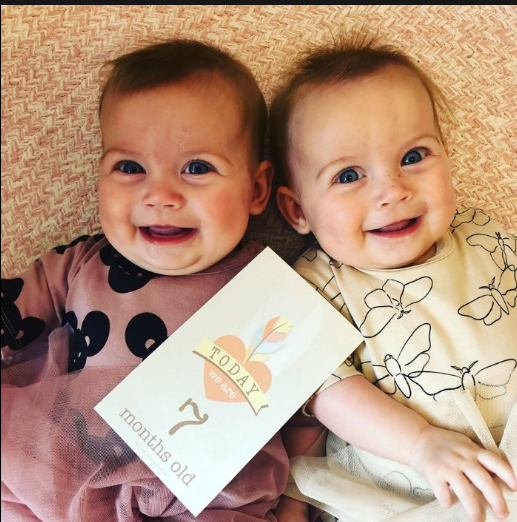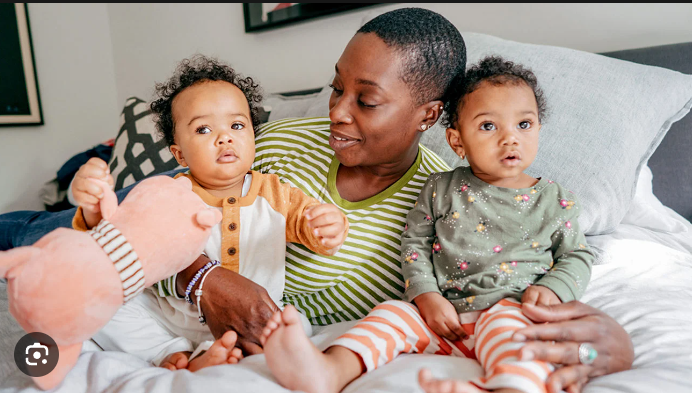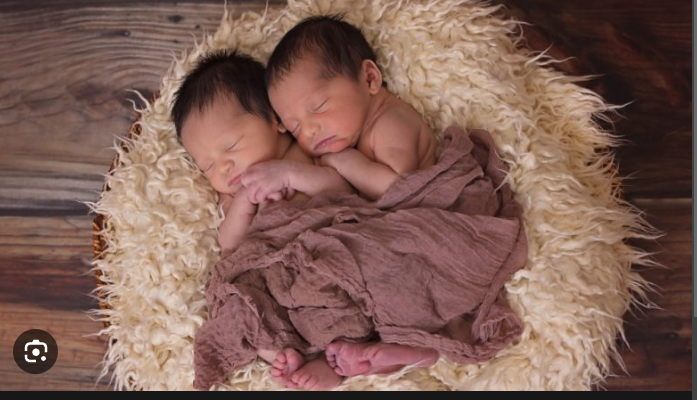The chances of a woman having two uteruses are rare, but the odds of becoming pregnant at the same time in each uterus are even more rare.
Under medical terms, Kelsey Hatcher was born with two uteruses, each with its own cervix (uterine didelphys). According to NBC News, she is expecting two baby girls, one in each uterus, with a Christmas Day official due date.
Hatcher claimed her husband was skeptical when she broke the shocking news to him about her condition, which was found during her first ultrasound in the spring of last year.

“You’re lying,” he remarked. Hatcher, who already has three children, ages seven, four, and two, said, “I said, ‘No, I’m not.
A single woman’s story of two uteruses and two babies
The likelihood of becoming pregnant in both uteruses is at least one in a million, according to Dr. Richard Davis, an obstetrics and gynecology specialist at the University of Alabama Hospital. Only about 3 in 1,000 women are born with two uteruses. Throughout her pregnancy, Davis has advised Hatcher and helped with the majority of her ultrasounds.

“I’ve delivered several women that have a double uterus, and most of the time they have done well, but I’ve never delivered one with twins in each horn, for sure,” Davis told WVTM, an NBC affiliate.
Describe the babies
According to Davis, the term “fraternal twins” may be a more appropriate way to describe the babies, who are growing normally but are not identical because they are the product of separate eggs.

Hatcher’s pregnancy is regarded as high-risk since delivery will necessitate additional backup plans and medical personnel. The likelihood is high that the sisters’ uteruses will begin contracting at different times, which could result in births occurring hours or days apart.
Hatcher plans for a natural birth
To shorten her recovery time, Hatcher plans for a natural birth, but there could still be complications regardless of the method she chooses, Davis explained.

“The C-section is a little more risky than usual because you have to make an incision in each uterus,” Davis said. “That’s two incisions and more blood loss.”
For a vaginal delivery, concerns would revolve around ensuring that the babies remain safe during labor and have normal fetal heart rates, he added.
For now, Hatcher will need to get an ultrasound every week to monitor the conditions of her babies, David said.
How would you know if you have two uteruses?
The majority of women aren’t even aware they have the illness until they become pregnant and have an ultrasound examination, which creates images of the inside of the body using sound waves. Most obstetricians advise getting an ultrasound at eight weeks into the pregnancy, so there’s a good chance the tech will detect the extra womb. However, if the woman delays getting an ultrasound until 20 weeks or more into her pregnancy, the uterus carrying the fetus may have grown large enough to obscure the extra uterus, making it impossible for the ultrasound technician to see it and possibly leaving the woman in the dark.

Can a woman with this condition have babies less than nine months apart that are full-term? That is, can she have, say, a two-month-old fetus in one womb and conceive another in her second uterus?
When you are already pregnant in one uterus, you cannot become pregnant in another. When a pregnancy has already started, the body will not support ovulation, which is the release of a mature, fertilized egg from the ovary.
Also read-Milk : Milk Is the Healthiest , Importance Of Calcium And Types Of Milk
images source: Google
Disclaimer: The opinions and suggestions expressed in this article are solely those of the individual analysts. These are not the opinions of HNN. For more, please consult with your doctor.




































